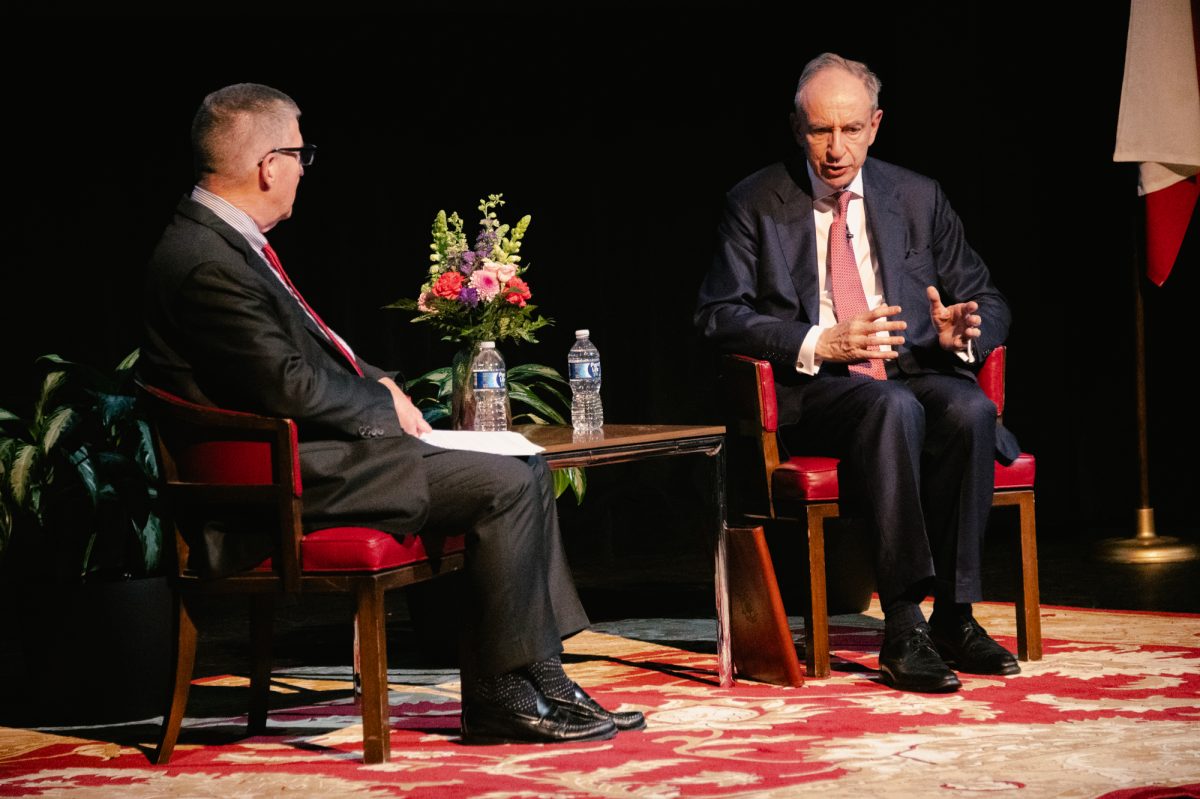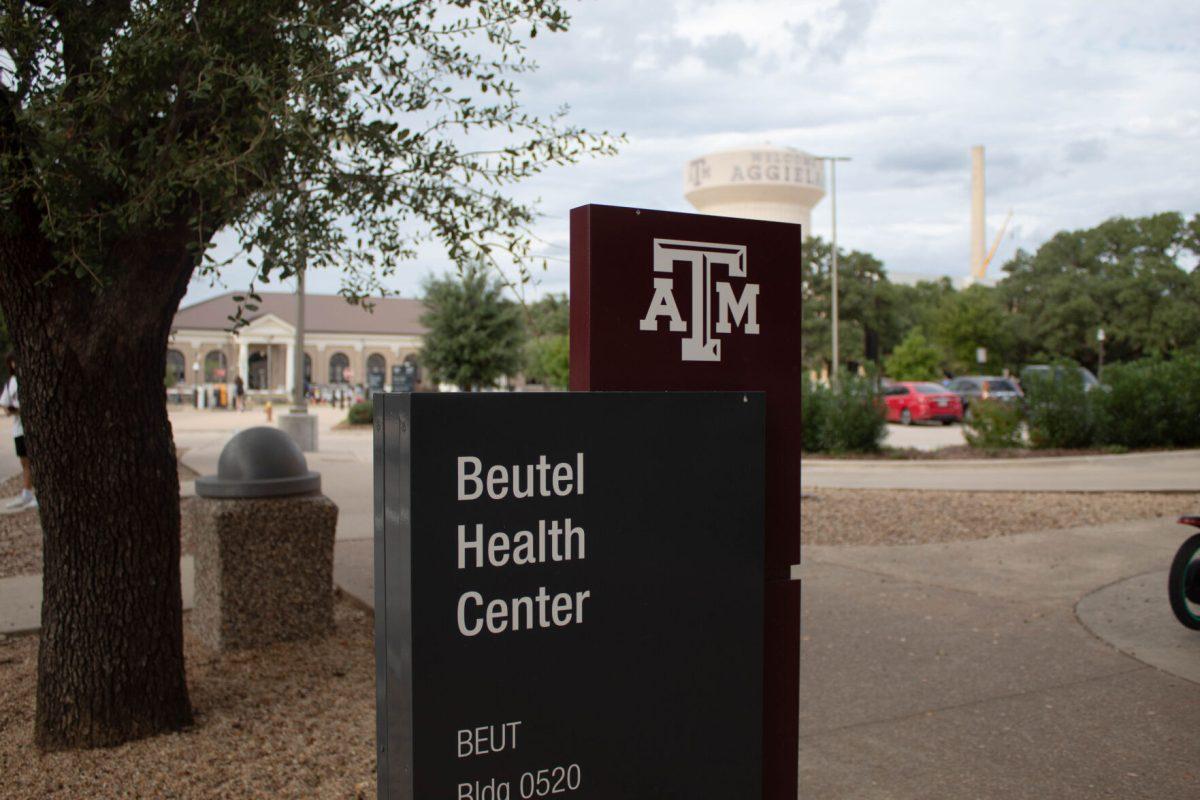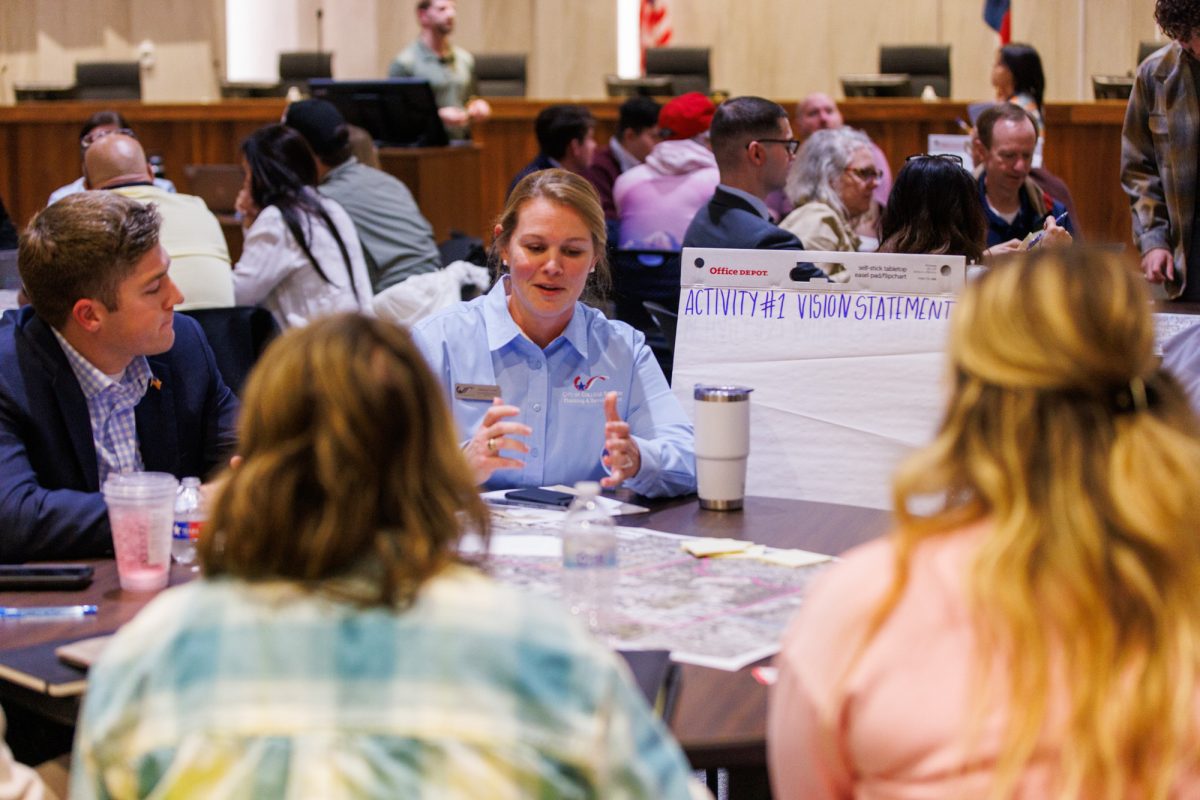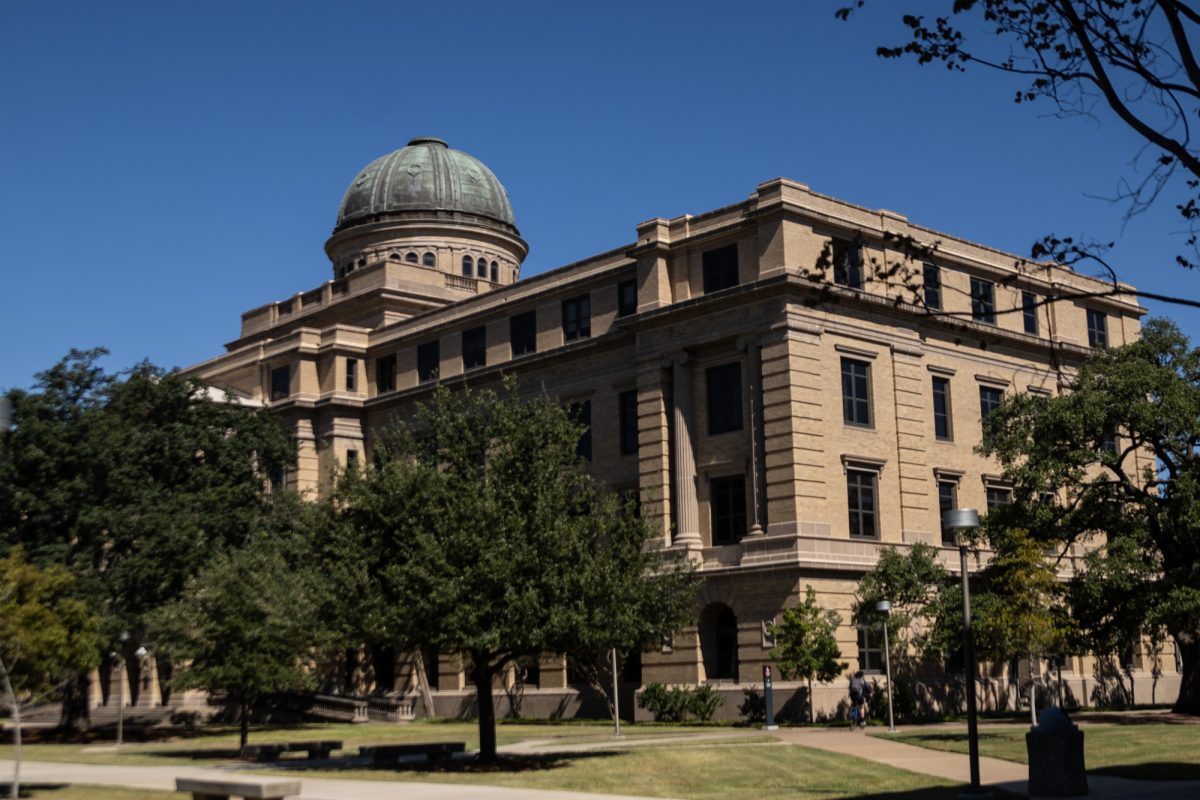On May 27, former Interim President John Junkins released a progress report summarizing the university’s ongoing activities to enhance diversity, equity and inclusion at Texas A&M.
Following the Jan. 25 approval by the Texas A&M University System Board of Regents and the allotment of a $24.75 million budget, the university recruited teams of faculty, staff, students and advisors to undertake this four-year initiative addressing how to improve campus climate.
Committees conducted research using years of university data, which built upon topics of concern highlighted in the Commission on Diversity, Equity and Inclusion, or CDEI, report released in January.
“While the total number of underrepresented students has grown since the beginning of the century, the percentage compared to total student population remains flat,” the status update from the Committee on Outreach and Engagement said.
There was also a notable “lack of retention” of underrepresented faculty, the status update from the Committee on Faculty and Staff Recruitment and Recognition said.
Four of the six committees in the report are dedicated to various methods to diversify the composition of university populations. The team on outreach and engagement created a pilot program, Quest for the Ring, which invited admitted Black students and their families to a series of virtual events in April, the report said. More than 90 percent of students who attended the program committed to attend A&M before the May 1 deadline, and the program has been approved to continue into the next year.
The team on student scholarships and recruitment sought to increase the number of underrepresented students applying “through the enhancement of two targeted scholarships programs, removing potential financial barriers and recognizing academic achievements of our incoming class,” the report read.
Beyond increasing the Regents’ Scholarship, designed to assist first-generation college students, and the National Recognition Scholars scholarship, the team recommended incorporating scholarship awarding and communication efforts into the 2020-2025 Strategic Enrollment Plan.
“Success is ultimately measured through increased numbers of Black/African American students who enroll, are retained, succeed, and thrive at Texas A&M University and ultimately encourage others to do so as well due to their experience here,” the report read.
The faculty and staff recruitment and recognition team took a holistic approach, the report said, to combat underlying factors inhibiting growth in the careers of underrepresented faculty and staff. For recruitment, the administration plans to create a new talent acquisition organization. As for retention, the team recommended competency-based human resources infrastructure to support the career advancement of underrepresented staff.
“This infrastructure will also include intentional succession planning for all university leadership positions to ensure that we are building the leadership talent we need and that reflects the society that we serve,” the report read.
Campus historical displays will see an expansion that builds upon the 2017 Campus Master Plan, although no decisions were made by the committee regarding the retention or removal of the Lawrence Sullivan Ross statue, according to the report. The committee, charged with using “the entire campus as a canvas” both indoors and outdoors, has proposed designs in Academic Plaza, on West Campus and the area between the Academic Building and Cushing Library, the report said.
“Storytelling content within plazas focuses on events and milestones (less on individuals) that have impacted the growth and development of the university,” the report read.
As former Vice Chancellor and Dean of the College of Engineering M. Katherine Banks steps into the role of president, Junkins says students are in a new era for the College Station campus.
“I encourage these teams and all Aggies to keep up the good work of listening, researching and acting with measurable results to enhance our outreach and engagement of all,” Junkins said.










